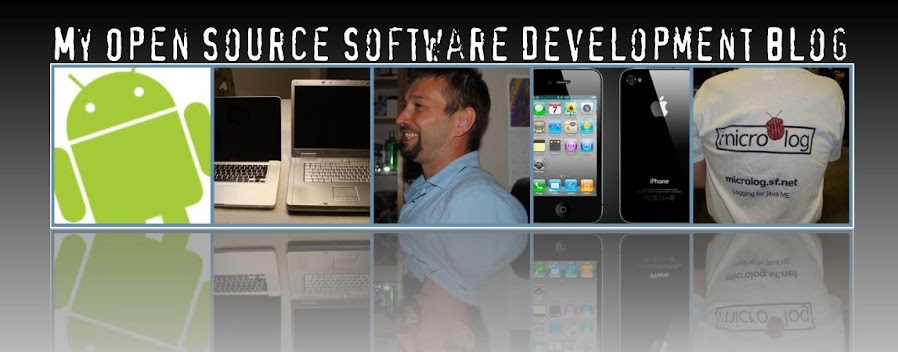- Eclipse
The basic tool in any Java developers toolbox. The IDE to use. - Beyond Compare
This is the best comparison tool that I have ever used. There are some open source comparison tools, but they do not match up against Beyond Compare. I think that Beyond Compare is worth every penny. - FindBugs
FindBugs is used for finding bugs or potential bugs in your Java code. I use the plug-in version in Eclipse and use it from Maven as well. - Microemulator
An Open Source Java ME emulator. Lets you test your Java ME applications. The drawback is that some JSRs are not implemented yet. Most notably is JSR-205 and JSR-211. - Virtual Box
This lets me run Ubuntu Linux inside Windows Vista. No more dual boot configurations. - Subclipse
Lets you use Subversion inside Eclipse. The Subversive plug-in is a better tool, but the Subclipse tool works better with the Maven plug-in- - Tortoise SVN
Whenver you are in the Windows file explorer it is nice to have access to Subversion. I have set it to use Beyond Compare when doing file comparison. - Maven
I did not really like Maven from the beginning. At the time I was a big fan of Ant. Maven contains some functionality that is not available in Ant, such site generation. I - Eclipse Maven plug-in
The name speaks for itself, it gives the ability to run Maven from Eclipse. There is also the pom and Doxia editors that are really good. - Eclipse MTJ plug-in
The Mobile Tools for Java lets you perform the necessary Java ME tasks.
This it is. Do you think that I have missed some tool? Is something on the list that in your opinion that should not be there? Looking forward to her
